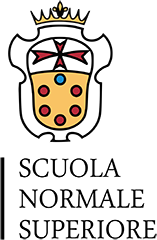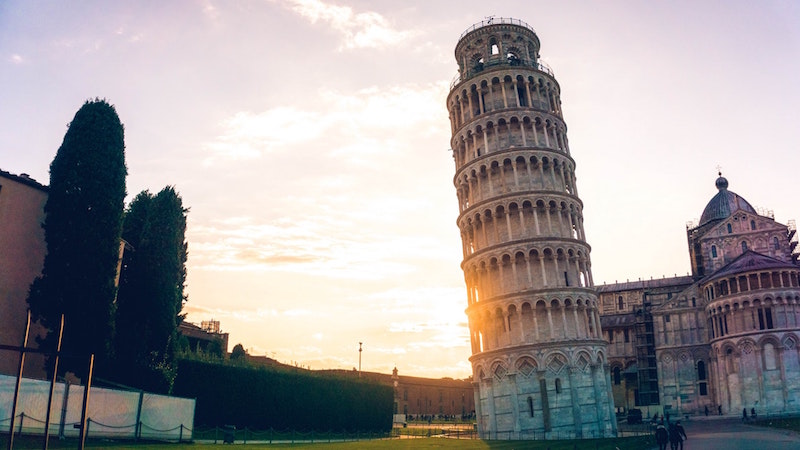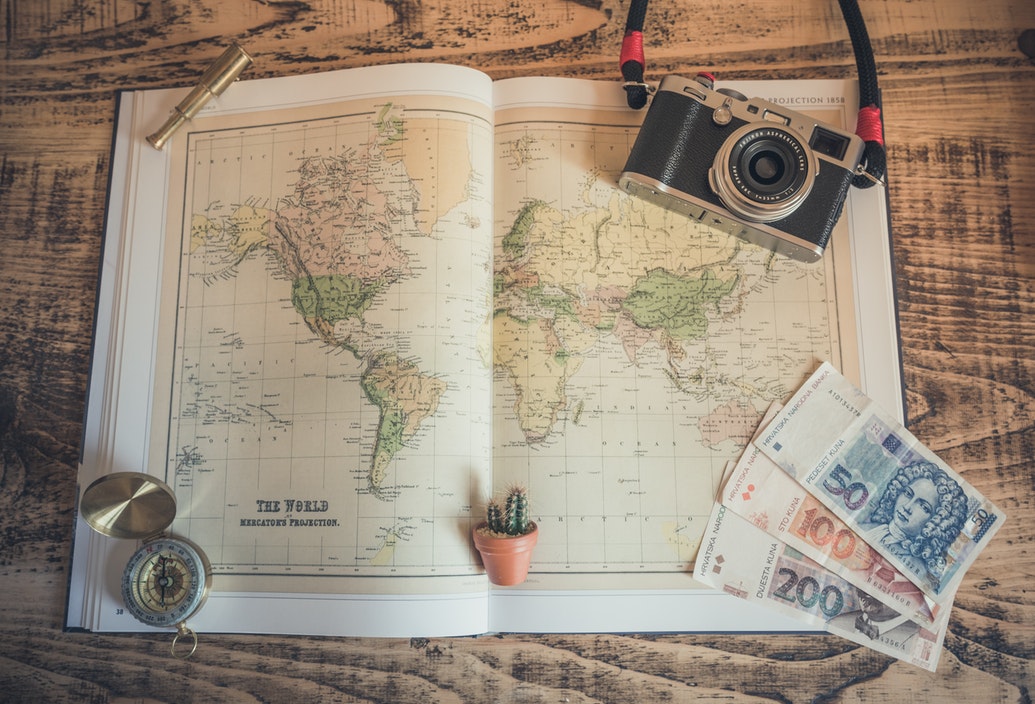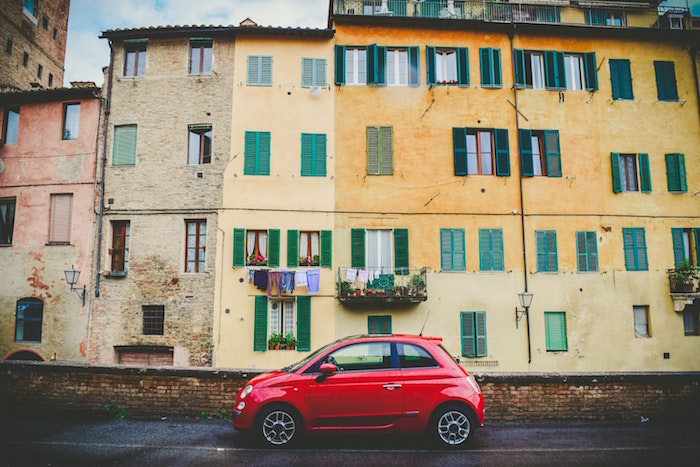
Study in Scuola Normale Superiore di PISA
Last edited on 24 Dec 2025
The Scuola Normale of Pisa was formally founded on the 18th of October, 1810, by a Napoleonic decree which dealt with “places of public instruction” in Tuscany, a province of the French empire since 1807. The three regions of the Arno, Ombrone and Mediterraneo formed one of the Academies of the Imperial University housed in Pisa, and together opened an “academic residence” for university students. Twenty-five places, publicly funded, were reserved for students in the humanities and sciences to form a subsidiary of Paris’ École Normale Supérieure. The new institution was closely linked to its parent institution in Paris. The shared name “normale” refers to the mission of the school, which was to train middle and high school teachers able to convey “norms” in a context where training teachers was still strongly connected to “forming” citizens loyal to the laws and the emperor.
On February 22, 1811, the first competition for 25 new students was announced. Although they were selected on September 4 of that year, it was not until 1813 that the Scuola Normale in Pisa truly started its activities. The first students, housed in the Convent of San Silvestro, were enrolled and a set of Disciplinary Regulations for the academic residence was established. With the French model as a basis, the “Grand Master” appointed a “Director”, “Assistant Director” and “Secretary”, who took care of the administrative functions of the school. Two “Inspectors” kept a careful eye on academics and student discipline. A “Chaplain”, two “Caretakers” and other “Servants” were at the disposal of the boarding school student, whose daily life was regulated by rigid laws similar to those in a convent or a military order.





![Jajaran Universitas Italia di EHEF 2018 [Updated] Jajaran Universitas Italia di EHEF 2018 [Updated]](https://ehef.id/storage/app/uploads/public/5bd/963/391/5bd963391286d736467724.png)




